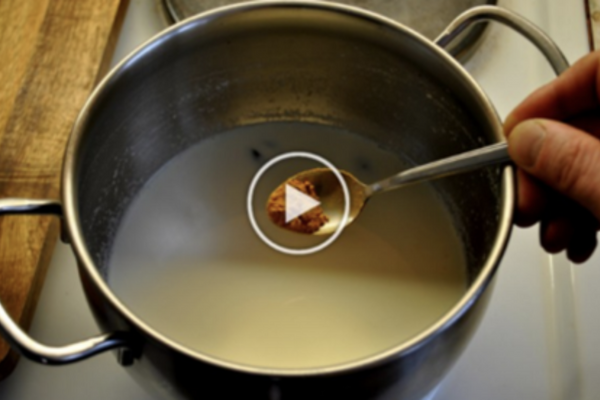If you have diabetes, you may have noticed that wounds take longer to heal than they do for people without diabetes. Wounds in people with diabetes can take weeks or even months to heal, and sometimes they don’t heal at all. In fact, according to the American Diabetes Association, people with diabetes are two to three times more likely to develop foot ulcers (sores) than those without the condition. But why is this?
There are a few reasons why this happens. First, diabetes can cause damage to the small blood vessels that supply blood to the skin. This can make it harder for wounds to get the oxygen and nutrients they need to heal.
Second, diabetes can cause nerve damage. This can make it difficult for your body to send signals to the area around the wound, telling it to produce new skin cells.
Finally, people with diabetes often have other health problems that can complicate wound healing, such as poor circulation and infection.
If you have a diabetic wound, there are a few things you can do to help it heal:
=> Keep the wound clean and covered with a sterile dressing.
=> Apply pressure to the wound if it bleeds.
=> Avoid putting any lotions or ointments on the wound unless your doctor tells you to.
=> Don’t smoke, which can further damage your blood vessels and slow down healing.

=> Go Here Now (Exotic “Bedtime Ritual” Slashes Blood Sugar & Melts Away Up To 100 Extra Pounds)
What can be done to prevent diabetic wounds?
There are many things that can be done to prevent diabetic wounds. One of the most important things is to keep your blood sugar levels under control. This can be done by following a healthy diet, exercising regularly, and taking your medications as prescribed by your doctor.
If you have diabetes, it is also important to take care of your feet. This means wearing shoes that fit well and checking your feet for any cuts, blisters, or other problems on a regular basis. If you do develop a wound, it is important to clean it and keep it covered so that it can heal properly.
If you are having trouble managing your diabetes or preventing diabetic wounds, talk to your healthcare provider. They can help you develop a plan that works for you and make sure that you are taking all of the necessary steps to stay healthy.
How can diabetic wounds be treated?
The most important thing is to keep the wound clean and free from infection. This can be done by washing the wound with soap and water or using an antibacterial cleanser. It is important to cover the wound with a sterile dressing as early as possible.
If the wound is deep or large, it may require professional medical treatment. This could involve surgery to clean the wound and promote healing. In some cases, skin grafts may be necessary. Diabetic wounds can be difficult to heal, but with proper care and treatment, they can eventually heal completely.
There are a number of reasons why diabetic wounds may not heal. This can include poor circulation, nerve damage, and infection. If you have diabetes and are experiencing problems with healing, it is important to see your doctor so that they can determine the cause and provide treatment.
=> Go Here Now (Exotic “Bedtime Ritual” Slashes Blood Sugar & Melts Away Up To 100 Extra Pounds)
